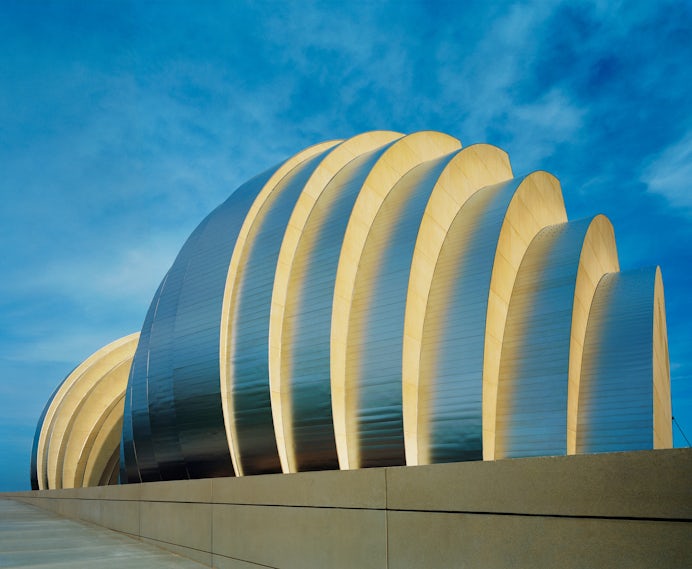The latest edition of “Architizer: The World’s Best Architecture” — a stunning, hardbound book celebrating the most inspiring contemporary architecture from around the globe — is now shipping! Secure your copy today.
In Wim Wenders’ Cathedrals of Culture, the sultry voice of an anthropomorphized Berlin Philharmonic describes her own form. “Hans Scharoun designed me based on an underlying idea of three interconnected pentagrams,” she says. “Nobody knows how exactly this idea came about. At any rate, that’s how I became both — a huge musical instrument myself, and an exceptional spatial structure.”
Wenders’ literal and visual animation of the 1963 Berlin Philharmonic, a concert hall designed by German architect Hans Scharoun for the West Berlin Kulturforum, suggests something about the nature of the space, and about spaces of music more broadly. When the contents of a building are naturally expressive, it often follows that its physical structure will imbibe the same properties.
Rhythms and amplitudes evoke impressions of soundwaves and their characteristic curves, an affiliation captured in 1973 by Jørn Utzon with the Sydney Opera House, and in 2003 by Frank Gehry with the billowing Walt Disney Concert Hall in Los Angeles. The following projects, whether concert halls, conservatories or cultural centers, continue this free association between expressive architecture and music.

© COR & Asociados

© COR & Asociados
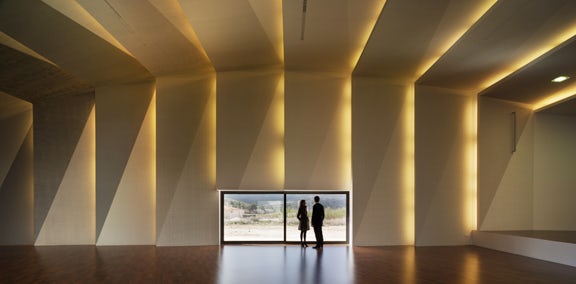
© COR & Asociados
Music Hall and House in Algueñaby COR & Asociados, Algueña, Spain
Though simple in form, this rural music hall uses ceramic cladding to dazzling effect — depending on the time of day, the iridescent façade reflects and absorbs the colors of the landscape. The visual “vibration” of the exterior becomes a perceptual counterpart to the aural vibrations occurring within the structure.

© de Architekten Cie., MAYU architects
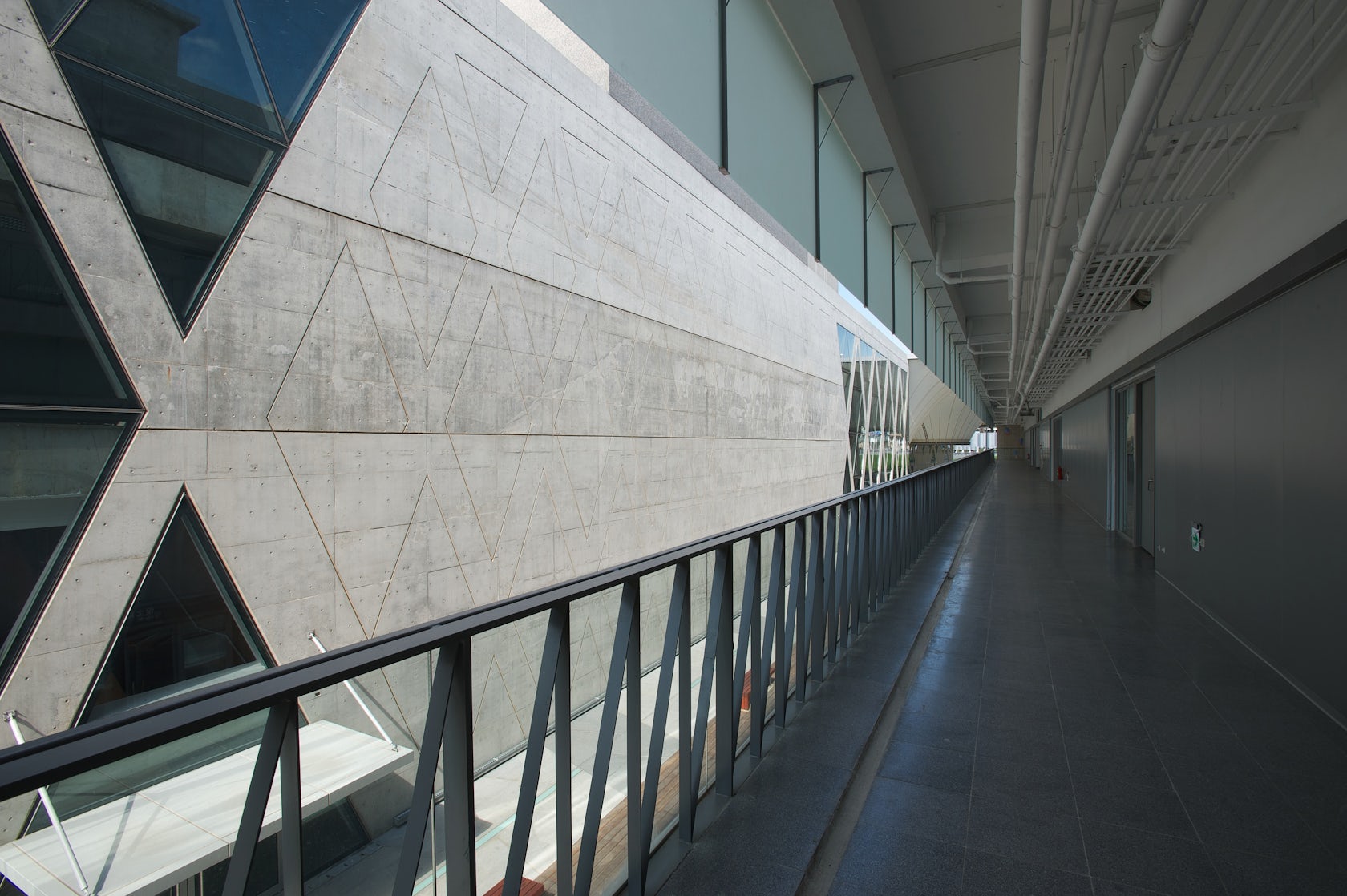
© de Architekten Cie., MAYU architects

© de Architekten Cie., MAYU architects
Dadong Arts Centerby MAYU architects and de Architekten Cie, Kaohsiung City, Taiwan
Perhaps serving as exaggerated synecdoche for the acoustical precision in its concert halls, the Dadong Arts Center is surrounded by massive hanging “membranes” in its interstitial space, a series of dramatic forms that extend the performance of the cultural center to its open areas.

© Basalt Architectes
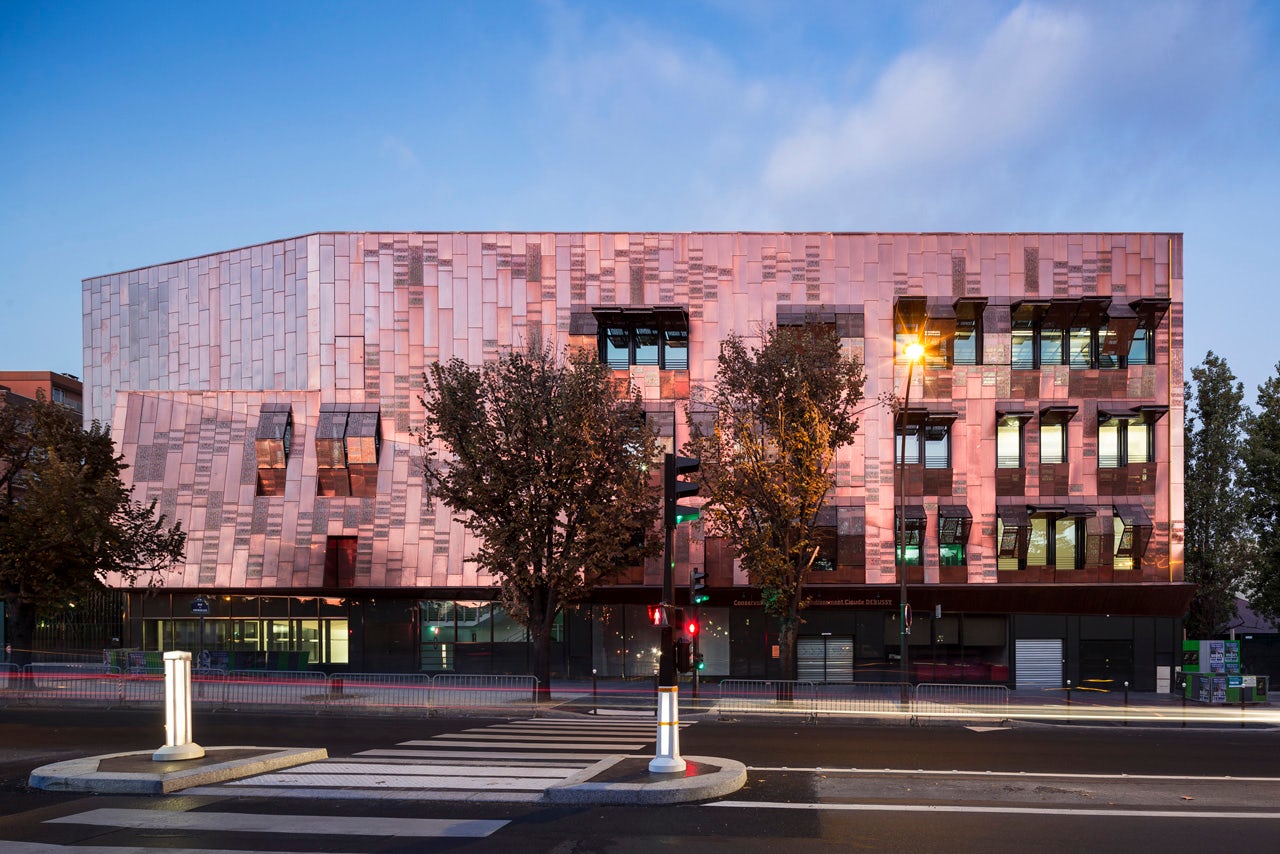
© Basalt Architectes
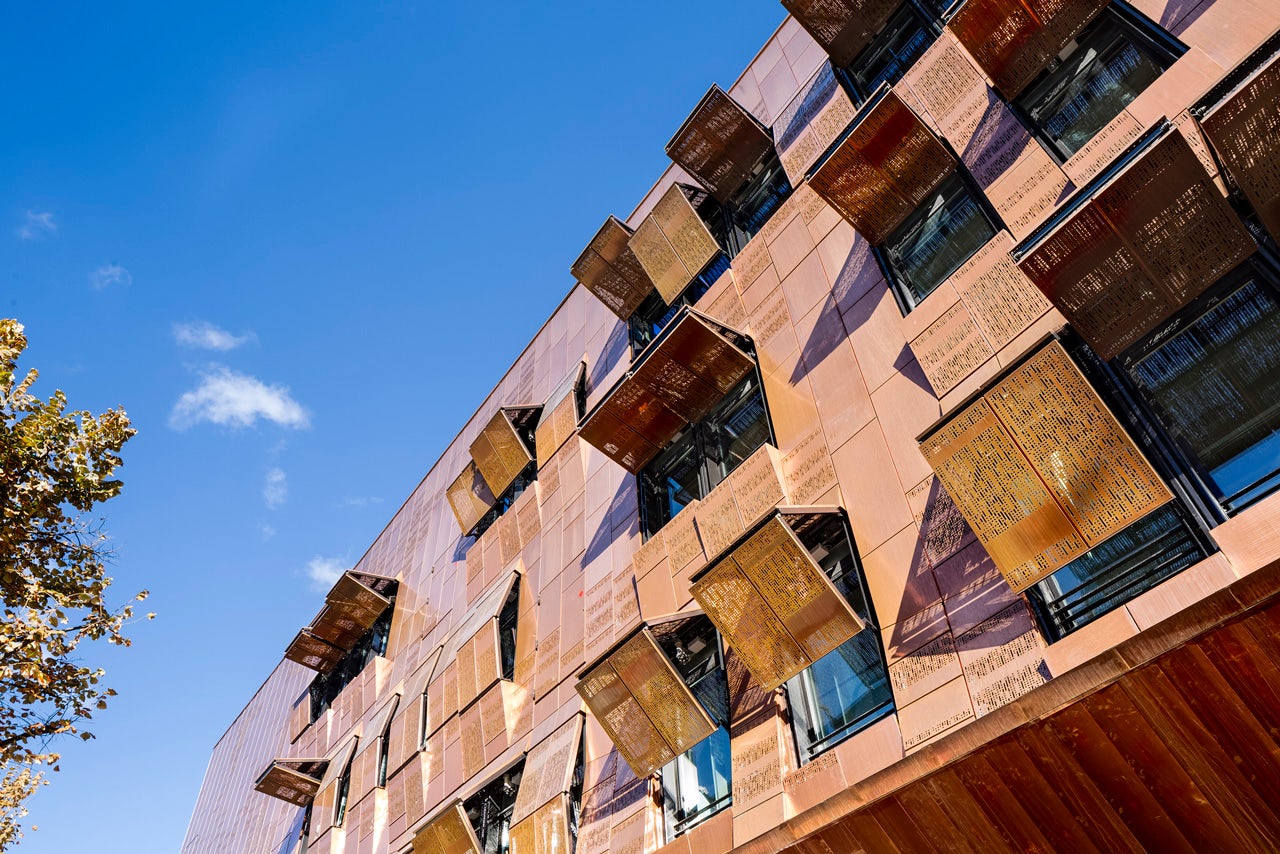
© Basalt Architectes
Music Conservatoryby Basalt Architectes, Paris, France
Located in an outer arrondissement of Paris, this shimmering music conservatory stands in dialogue with its disparate neighbors — 19th-century Haussmannian architecture and 20th-century social housing projects. Adding texture to an already rich built environment, the music building is clad in “a skin perforated by the beat of the melody that emerges and takes shape in the outer walls,” casting in relief the scores and hours of music practiced by its students.

© Archimedia

© Patrick Reynolds
Te Oro by Archimedia, Glenn Innes, Auckland, New Zealand
Named for the sound created by wind blowing across the open crater of the Mount Wellington volcano, Te Oro is a music space devoted to local youth. The structure is differentiated from its location in a suburban parking lot with a design meant to evoke an arboreal canopy, hinting at the natural origins and traditional heritage of music-making in the community. Maori graphics are imprinted into the ground surfaces, and the patterned outer skin reflects a unity amongst various disciplines of performance.

© Safdie Architects

© Safdie Architects

© Safdie Architects
Kauffman Center for the Performing Arts by Safdie Architects, Kansas City, Miss., United States
Moshe Safdie’s sweeping design for downtown Kansas City has its own daily performance: in the day, the building’s distinct volumes stand as metaphorical music instruments, the glare of daylight reflecting its surroundings. At night, the interior light renders the entire structure see-through, and the volumes of the music halls become clear to the passerby.
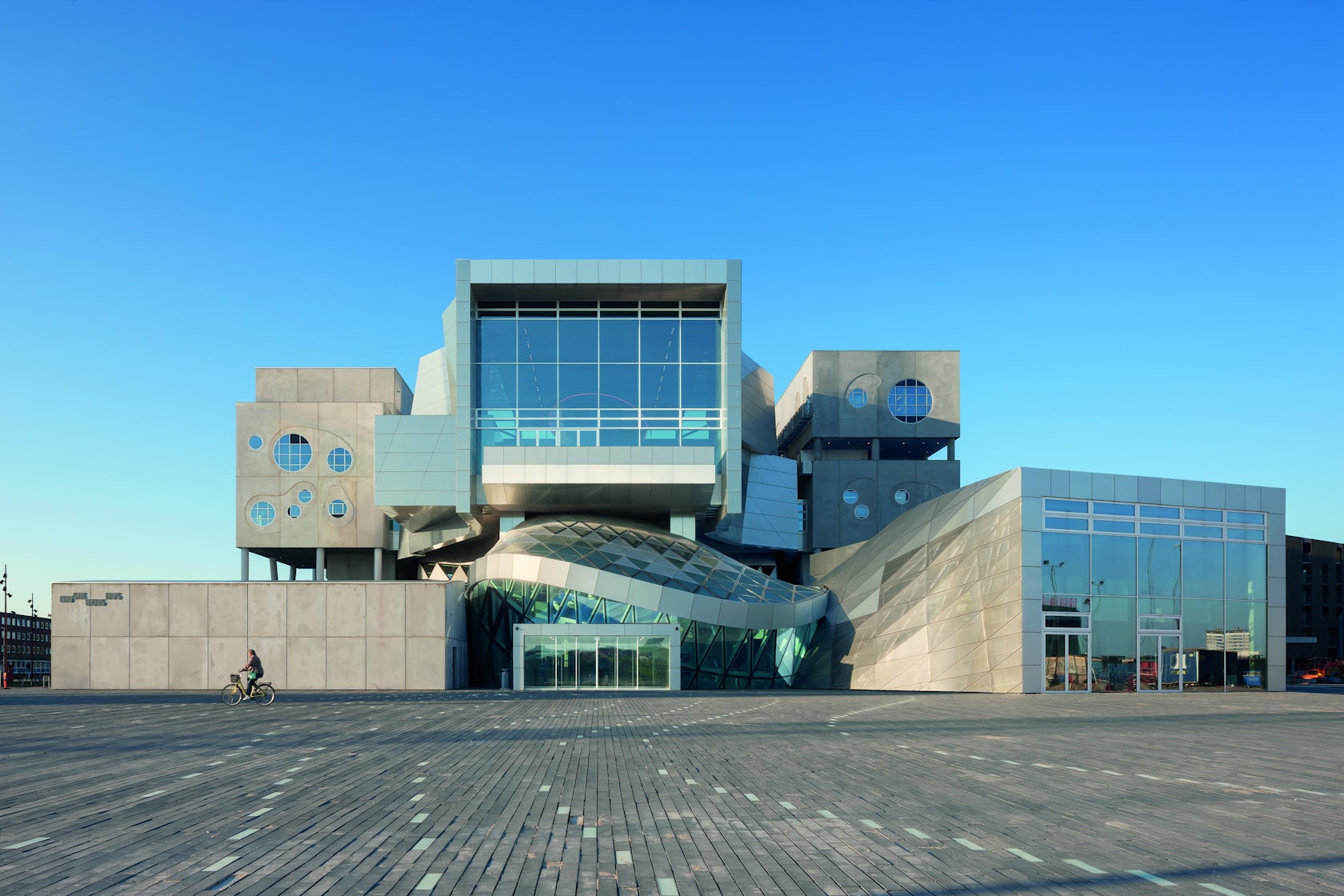
© Markus Pillhofer
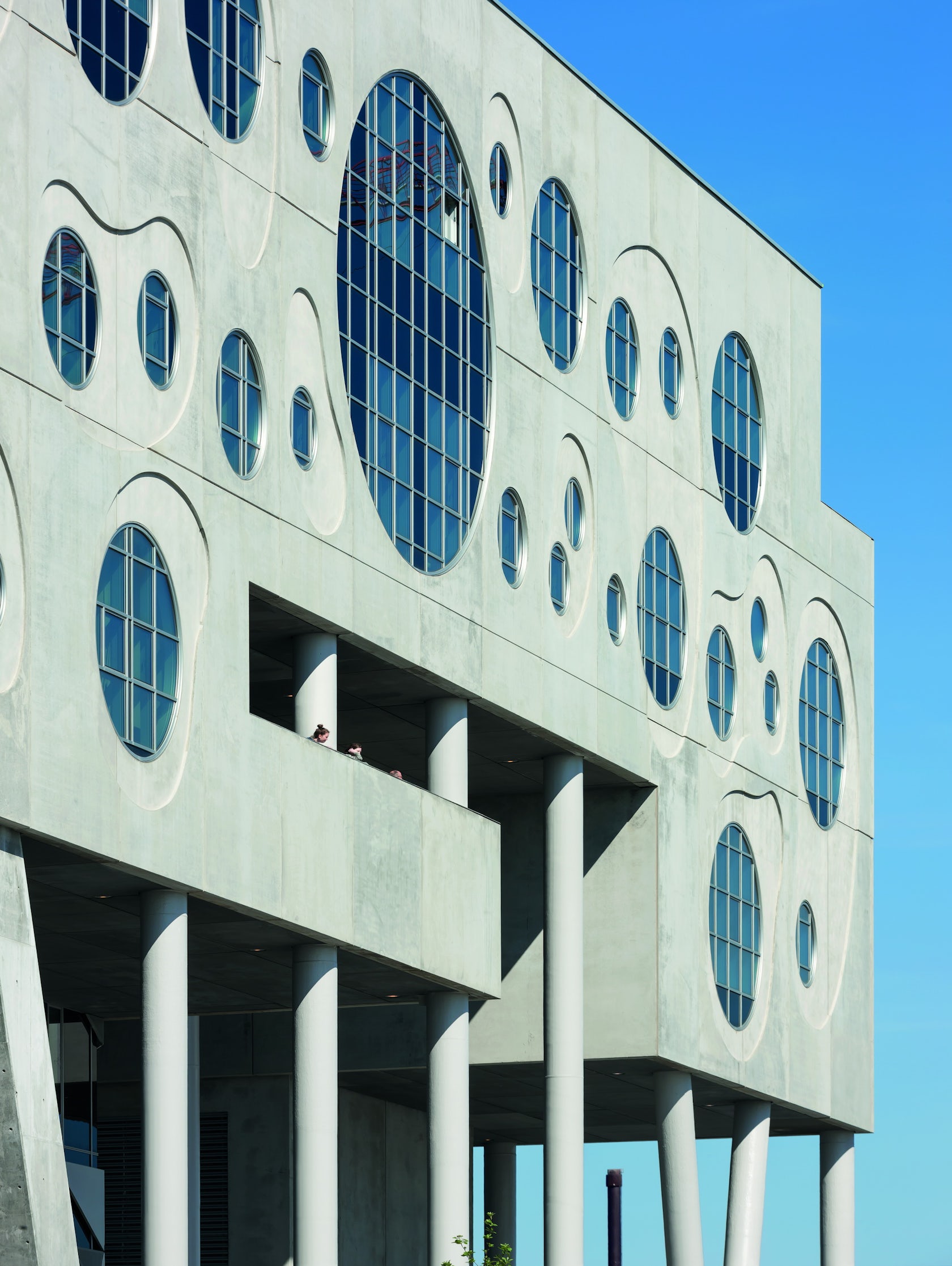
© Duccio Malagamba Fotografía de Arquitectura

© Markus Pillhofer
House of Musicby Coop Himmelb(l)au, Aalborg, Denmark
The differentiated volumes of this Danish concert hall are tied together by a common materiality and a reflective façade that takes complete advantage of the dreamy Nordic sunlight. Its performance spaces are wrapped by an amorphous structure that provides plentiful balcony viewing points, and its curved design is carried through to the motifs in the auditorium.
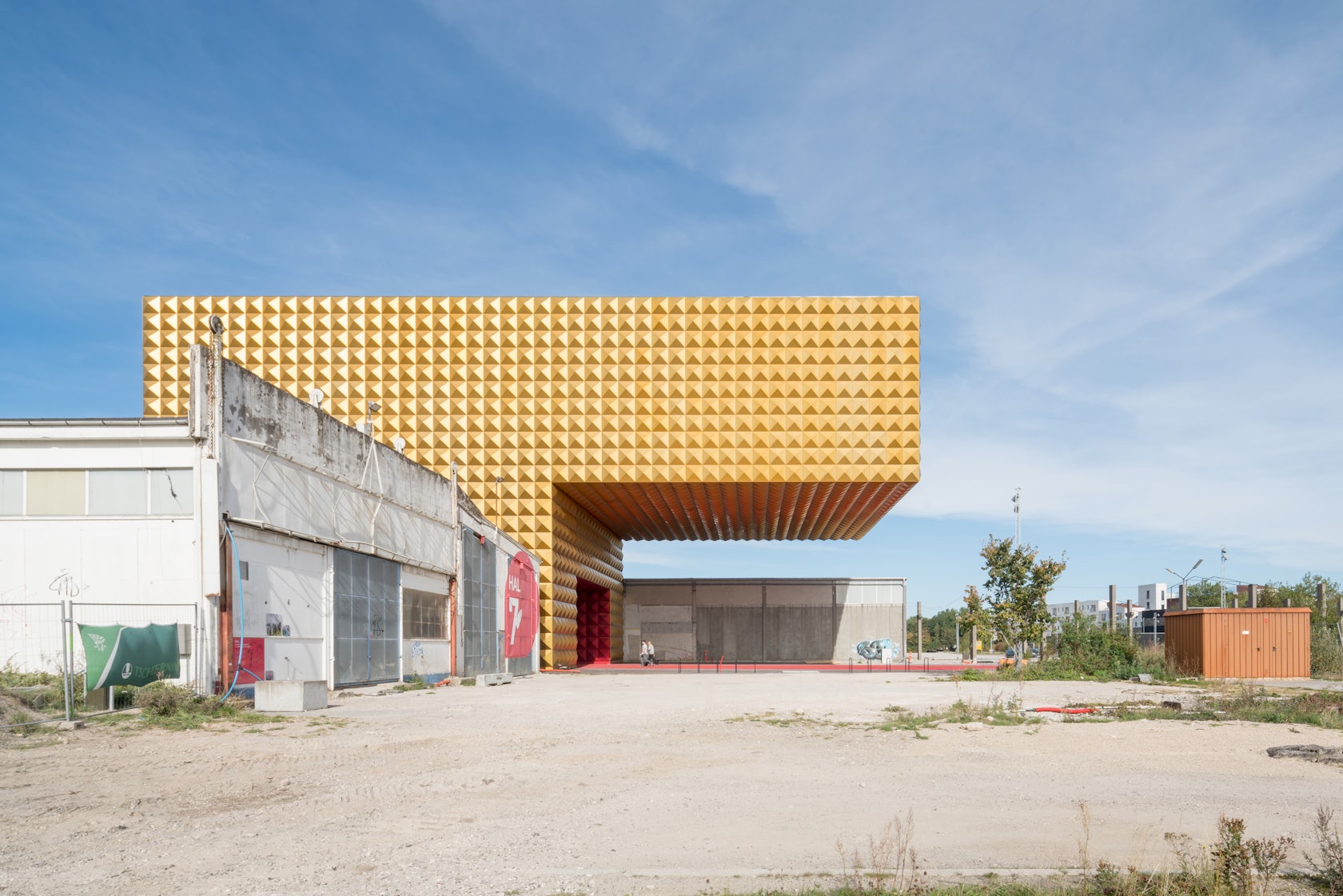
© Ossip van Duivenbode
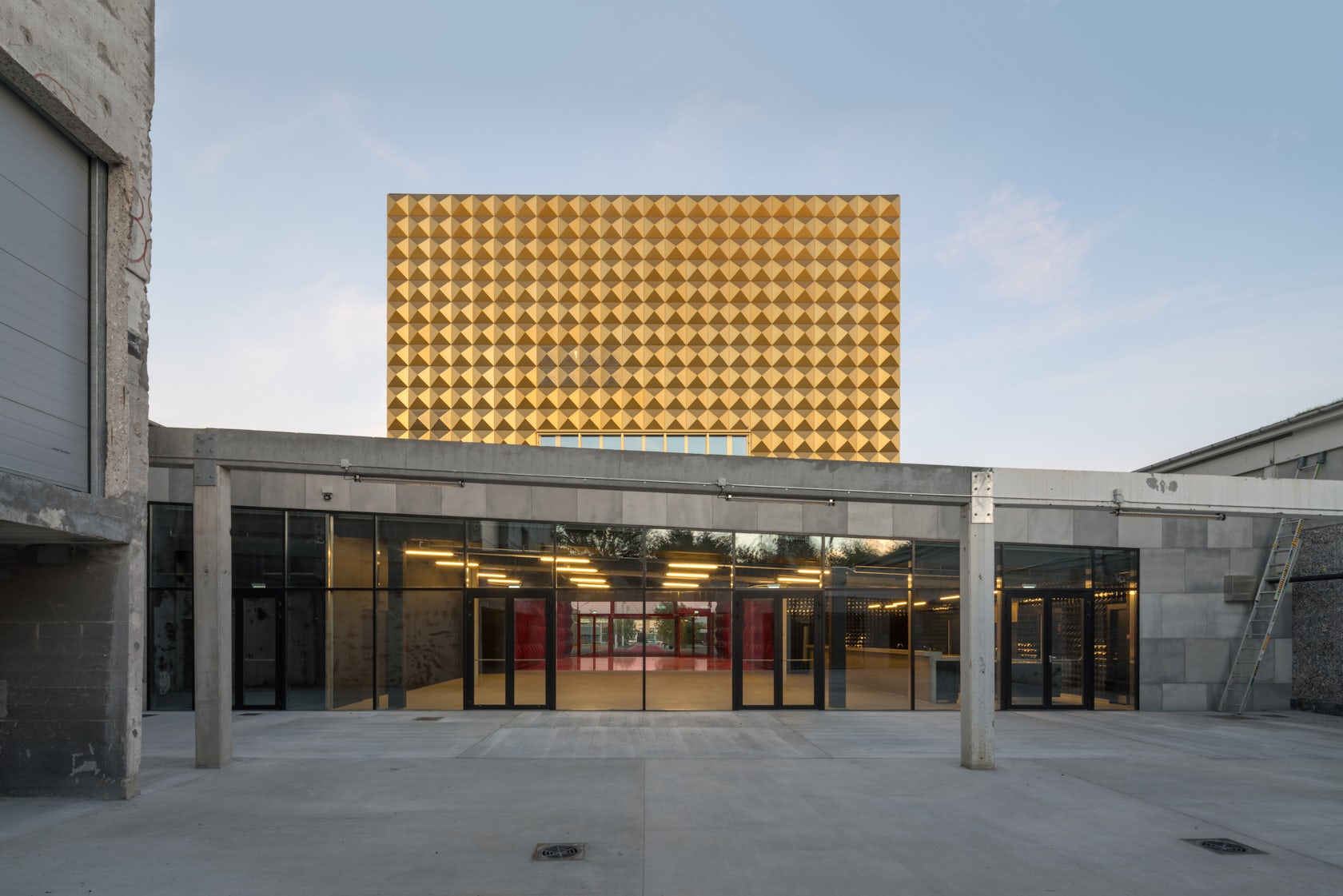
© Ossip van Duivenbode

© Ossip van Duivenbode
Ragnarokby MVRDV and COBE, Roskilde, Denmark
Ragnarok is a museum of pop, rock and youth culture sited in the same location as the famed Roskilde festival in Denmark. Its golden anodized aluminum studded façade pays homage to the unapologetic glam of glam rock, purposefully in contrast to its unkempt urban setting. The velvet red interior, meanwhile, is meant to embody the soft velvet lining of a guitar case.
The latest edition of “Architizer: The World’s Best Architecture” — a stunning, hardbound book celebrating the most inspiring contemporary architecture from around the globe — is now shipping! Secure your copy today.
